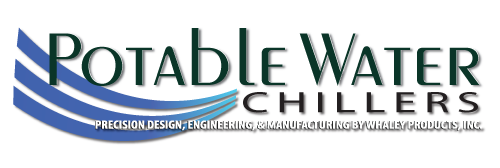Treated Water
Untreated water carries a variety of diseases and heavy metals that are harmful upon consumption. Depending on where the water source is located, naturally or from contaminated runoff pools, it needs to be treated. There are two ways to treat water either on a micro scale, or macro scale. Micro, or small scale includes small amounts of water designated for a small group of individuals, or households. On a large, or macro scale, water is treated to provide safe water for large communities.
Household treatment is an extra step added to the already treated community water. Most Americans buy additional filtration systems that connect to their water faucets, pitcher filters, and reusable water bottles. These filters allow for the removal of specific contaminates, providing extra protection for people, (elderly and children), who have compromised immune systems, and improve the pH and taste of water. There are many different types of water treatments. One of these treatments is water softeners. “Hard” water has a high mineral content, while soft water contains lower levels. This is what makes soft water more compatible with soaps and detergents. Water softeners use potassium or sodium to replace calcium and magnesium ions. Distillation is the process of boiling impure water, and collecting the steam. It is condensed into a separate container and then can be used for drinking. Filtration and disinfection are physical or chemical processes used to remove impurities and microorganisms.
Community water treatment uses a variety of steps to make sure drinking water is safe. Coagulation and flocculation are the first steps in treating water. These steps allow for chemicals to be added to a water supply. The chemicals hold a positive charge and neutralize and negative charges found in dirt or other particles. The particles bind and will form lager particles. These are called floc, sedimentation occurs when floc settles to the bottom. Filtration occurs when clear water on top passes through mechanical filters of varying composition. Filters vary by size, and porosity. Some materials used in filters are sand, dust, pebbles, rocks, gravel, and charcoal. Disinfection is the last step of treating community water. Disinfection uses chemicals such as chlorine, or chloramine to kill parasites, bacteria and viruses. This prevents water from acquiring any harmful organic containments as it is piped to desired locations.

